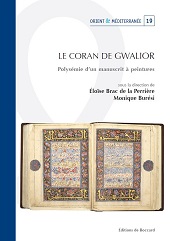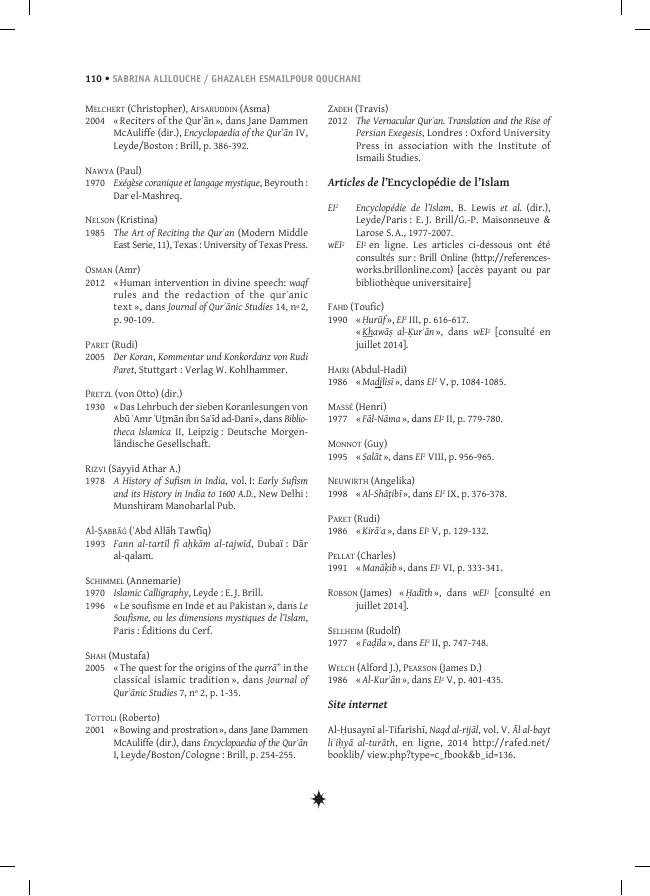Le Coran de Gwalior : polysémie d'un manuscrit à peintures
215 p. : col. ill.
Includes bibliographical references and index.
On September 24, 1398, the army of Timur Lang or Tamerlane took the city of Delhi by storm. This date marked the fall of the Delhi Sultanate; it had already been weakened by the emancipation of some of its territories, which had been transformed into small independent sultanates, and by endless conflicts with neighboring Hindu kingdoms. It would take nearly fifty years to recover from the ransacking of its capital and to free itself from Timurid control. It was precisely at the end of the 14th century, in this context of chaos, that a copy of the Qur'an was completed in the fortress of Gwalior, a few hundred kilometers from Delhi. This manuscript, today kept in the collections of the Aga Khan Museum in Toronto, contains remarkable decorative elements and a hermeneutic system of commentaries.
The glosses, which refer to various levels of reading, suggest the existence of complex memorization techniques and of multiple functions for the Qur'anic manuscript. The flamboyant illuminations, which have no known equivalent in any other works, reveal a number of different influences. Between 2008 and 2014, a research program (UMR 8167- Medieval Islam) focused on this extraordinary work, the analysis of which required the skills of specialists in fields including Qur'anic studies, history, art history, codicology, paleography and divinatory and magical practices. Their hypotheses and conclusions are gathered in this book. [Publisher's text]
Texts in French and English ; abstracts in English and French.
Collected essays.
Special access authorizations may apply; please contact us for further information.
-
Informazioni



